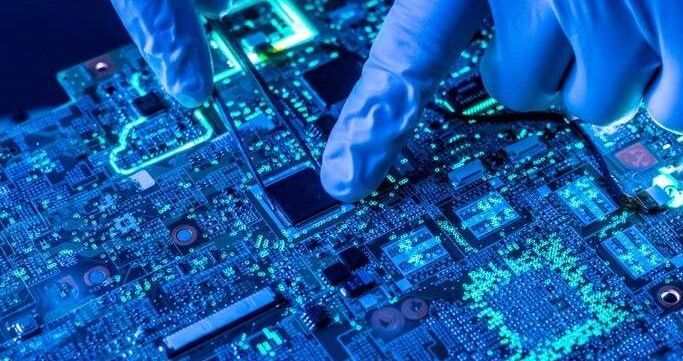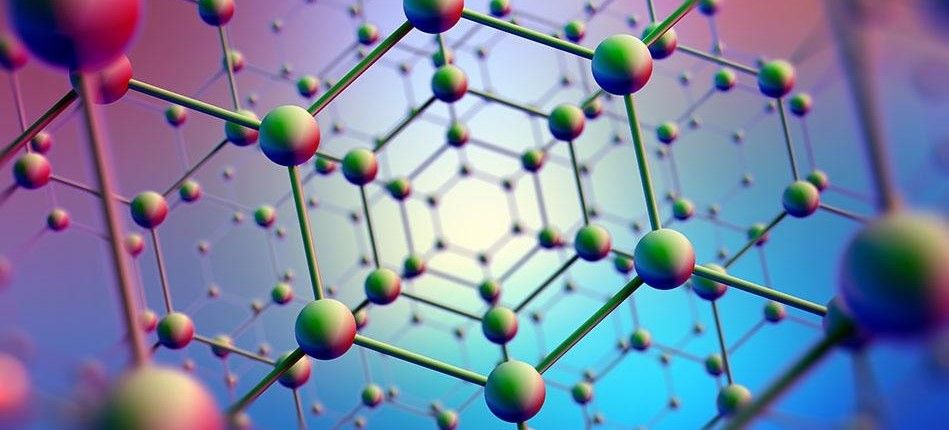Modern raw material sourcing uses nanomaterials in all manner of objects. They can be found in electronic devices, robotics, modern composites, medicines, sensors, aerospace, biotechnology, and fertilizers. But nowhere will their presence be more greatly felt than in next generation computers.
This is due to their superb properties of electrical conductivity and incredibly small size, meaning that scientists are increasingly focusing on nanomaterials that can outperform standard silicon raw materials.
As the scientific journal Phys.org notes, “… nanotubes, nanorods and nanowires with different size, structure and chemical composition have been successfully synthesised for various applications in mechanical, electromechanical, electric and optoelectronic devices.”

However, the journal continues by noting the challenge such small components have created. Stating that, “… the tinier nanomaterials become, the harder it gets for them to manage the heat generated during the processing of information.”
This problem can be solved in one of two ways; restricting computational performance or increasing the performance of cooling devices.
However, we are reaching the physical limits of what is capable with current raw materials.
“The standard ways of breaking this deadlock, ,” notes Mimoun El Marssiof the Université de Picardie Jules Verne in France, “such as by either generating less heat or removing it more effectively, are failing to keep pace.”
The limit is based on the Boltzmann tyranny, an issue that has become a major challenge for nanoelectronics.
As the Berkeley website explains, “… the trend toward miniaturization and increased function is threatened by the physical demands of transistors operating at a nano scale. Even though the tiny switches can be made ever smaller, the amount of power they need to be turned on and off can be reduced only so much. That limit is … often called the Boltzmann Tyranny. Because they must be fed an irreducible amount of electricity, ultra-small transistors that are packed too tightly cannot dissipate the heat they generate to avoid self-immolation.”
Now the limits of current computing technology have been broken by the creation of a permanent static ‘negative capacitor’, a device thought impossible until about a decade ago.
“Capacitance is the ability of a material to store an electrical charge,” explains the Berkeley report. “Ordinary capacitors - found in virtually all electronic device - store charge as a voltage is applied to them. The new phenomenon has a paradoxical response: when the applied voltage is increased, the charge goes down. Hence its name, negative capacitance.”
“Negative capacitance is one of the most important recent developments in reducing the energy consumption of nanocircuits and solving overheating problems that limit the performance of conventional computing circuits,” says Valerii Vinokur, a researcher at the US Department of Energy's Argonne National Laboratory who collaborated on the discovery. “Building on this research, we are developing a practical platform for implementing ultra-low-power devices for information processing.”
This will dramatically improve the efficiency of future electronics, allowing for smaller devices, lower energy consumption, faster computing, and larger data storage.

With this achieved, computing technology will stand on the edge new age; one that is dominated by nanomaterials.
Bringing this to fruition will take additional research into nanomaterials, as well as work inside the industry to improve production methods and lower costs.
You may wish to read more on this subject, such as Researchers Find a Faster Way to Make Carbon Nanotubes and A New Approach to Making 2D Materials Enables Mass Production.
Governmental research will also take a lead role. For example, the EU-funded ENGIMA project was set up to explore, “… the structure-property relationships in the elaborated nanostructured multifunctional materials,” states the European Commission website. Adding that, “It [ENGIMA] focuses on how to redistribute electricity efficiently at miniscule scales, harnessing nanotechnology breakthroughs that are opening up new possibilities and applications thought impossible until just a few years ago.”

If government initiatives, private research, and universities continue to make such breakthroughs in the fields of nanotechnology and electronics, then nanomaterials will become an ever more important part of our lives. Just as silicon brought a new era of discovery and changed our world forever. So, we should expect that nanomaterials and nanotechnology will shape all of our futures.
Photo credit: Futuremarketsinc, Worldenergy, Azom, & Corlamlabs
